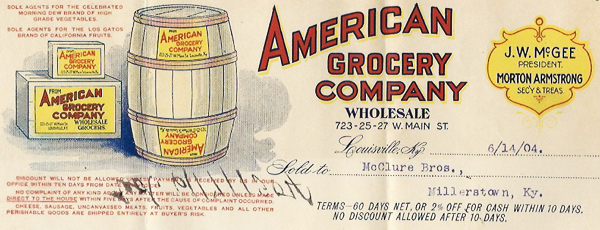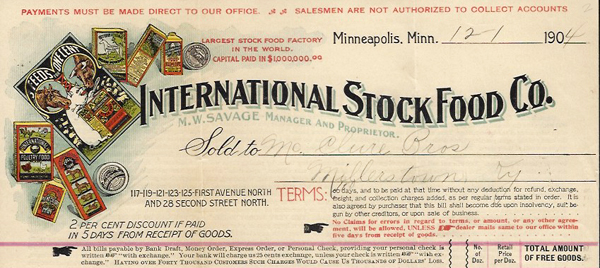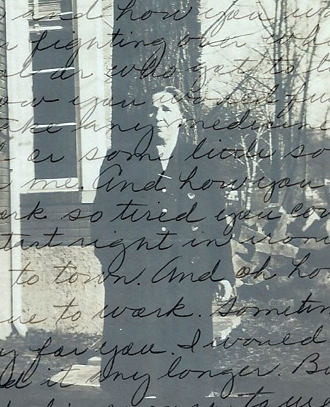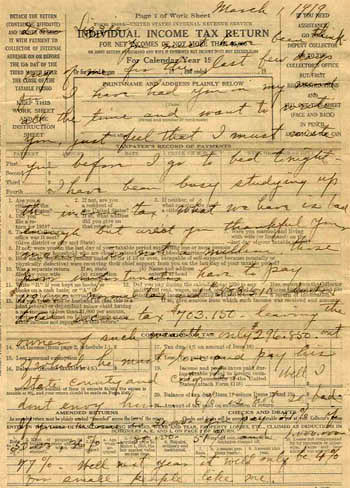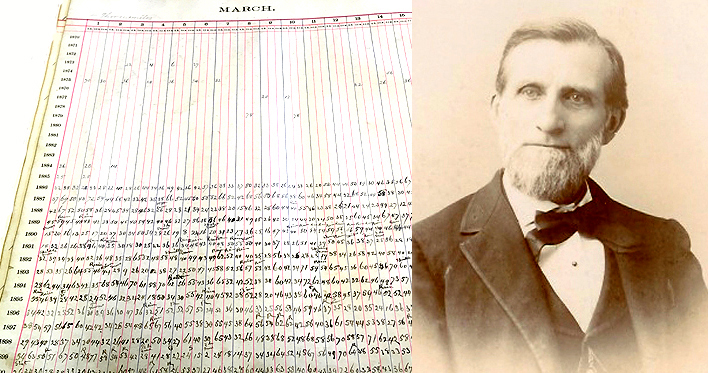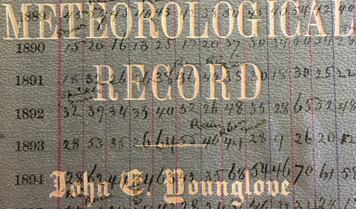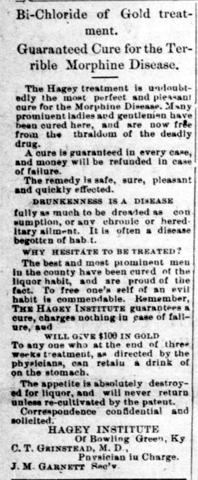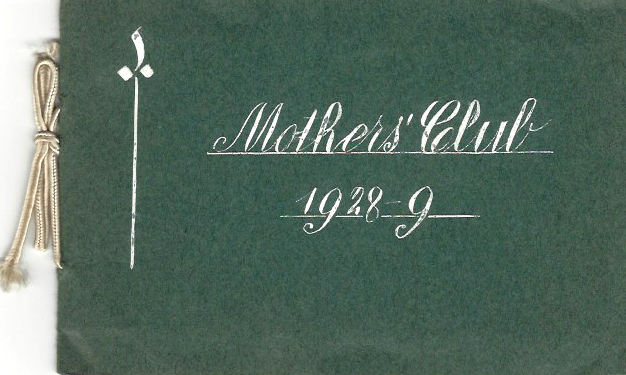On the Memorial Day weekend of May 29, 2021, the remains of Barren County Navy seaman Howard Scott Magers, killed aboard the USS Oklahoma during the attack on Pearl Harbor, were finally brought home.
On the morning of December 7, 1941, nineteen-year-old Logan County, Kentucky native Warren Tinsley was asleep aboard the U.S. Navy destroyer Aylwin, moored near Ford Island at Pearl Harbor, Hawaii. He and his mates were enjoying the looser discipline of that Sunday morning, when many sailors were sleeping off hangovers from their shore leave in Honolulu; some, in fact, including several senior officers, had not yet returned from liberty.
As a consequence, no one stirred right away when the general alarm buzzer sounded, as it was used for everything from “man overboard” to a fire drill. But the catastrophic news came quickly: the Japanese were attacking.
Tinsley emerged from below decks to see the attack already under way. Hit below the waterline, the “old battleship Utah was slowly turning over,” its starboard side high in the air. Its dazed crew were either struggling in the water or trying to get over the starboard side to swim to Ford Island. Tinsley hurried to his battle station to find four junior officers trying to decide who would assume the duties of the absent captain. As the crew rushed to break out the Aylwin’s ammunition, Tinsley saw hostile planes everywhere. “They reminded me of a flock of hawks attacking a chicken farm in the Kentucky hills.” Low-flying fighters were “bombing our ships at tree top levels,” giving special attention to the mighty battleships. One of his mates yelled “There goes the Arizona!” as the vessel exploded, the casualty of a direct hit on her ammunition magazines. And there was the battleship Oklahoma: it had “turned over as a result of the hits that she suffered and lay like a dead whale with its belly shining in the air.”
Returning fire, Tinsley’s ship managed to make it down the western channel of Pearl Harbor and out to open sea, past the “burning and smoldering mass that was Ford Island.” After a day of searching for the enemy, the Aylwin returned to the “graveyard of what had once been a formidable fighting force.” Tinsley also returned to a changed Navy, in which the military routines of peacetime had suddenly vanished.
Warren Tinsley’s vivid account of the attack on Pearl Harbor is part of the Manuscripts & Folklife Archives of WKU’s Department of Library Special Collections. A finding aid and full-text download can be accessed here. For more of our collections detailing the service and sacrifice of veterans, search TopSCHOLAR and KenCat.


